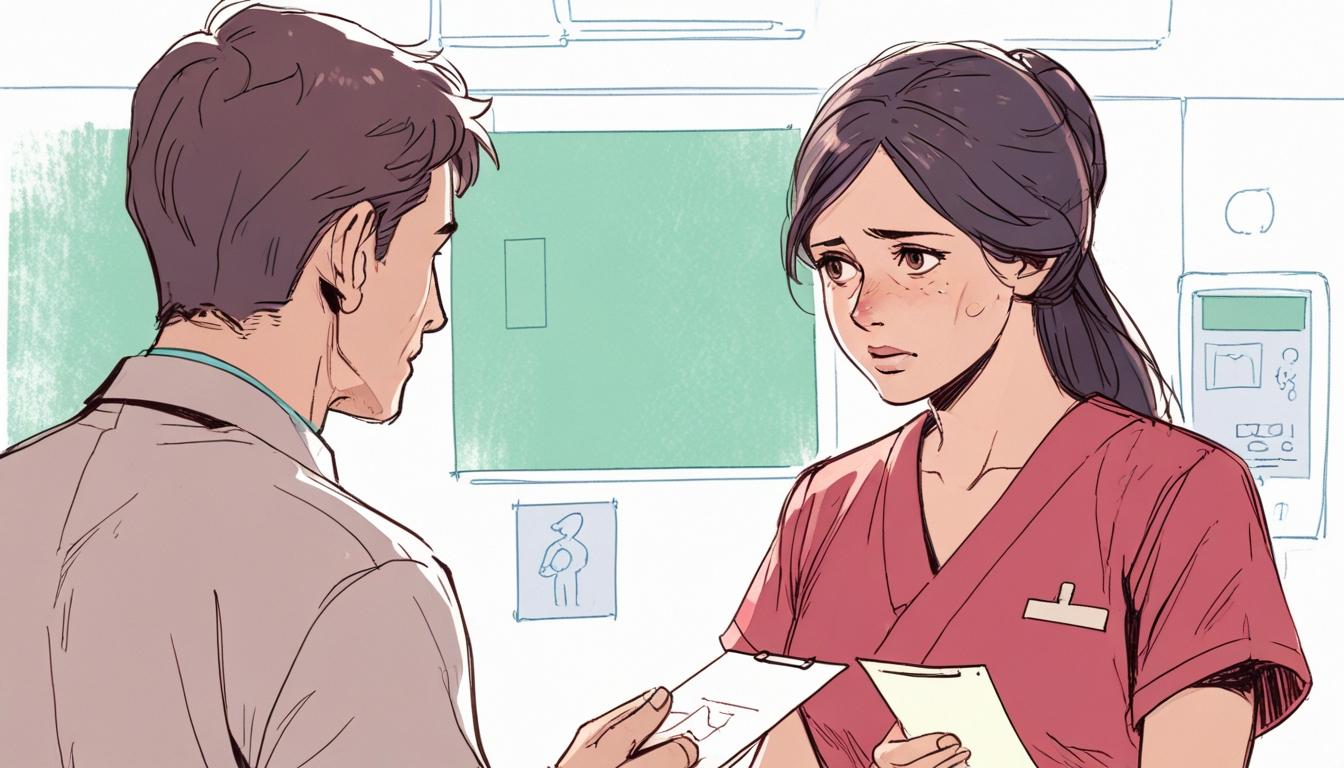A simple ten-word phrase has emerged as a potential harbinger of serious illness, catching the attention of medical professionals. The phrase, “I feel fine, but my wife made me come in,” is now being touted as a strong indicator that a patient may be facing significant health issues, from heart problems to cancer. This assertion primarily comes from Dr Sam Ghali, an emergency medicine physician with a substantial following on social media. He emphasised that such a statement frequently signals underlying problems that warrant immediate investigation. “Trust me on this one,” he stated, highlighting the phrase's alarming connotation of denial regarding one’s health status.
On platforms like Reddit, other healthcare practitioners echoed these sentiments, adding their own observations on phrases that often correlate with serious medical conditions. One physician highlighted the concern raised by elderly patients who express hesitance or a desire not to be a bother. This aligns with broader medical discourse concerning the reluctance of certain demographics, particularly older individuals, to seek necessary care due to a perceived burden on healthcare providers. The prevalence of such patterns suggests a troubling dynamic, where vital health signals may be ignored or downplayed.
Furthermore, anecdotal evidence from healthcare interactions reveals that dismissing, or failing to take seriously, what might be interpreted as benign concerns can lead to tragic outcomes. A poignant example was noted in a recent inquest regarding the death of a three-day-old infant, Emmy Russo. Her parents had presented multiple warning signs of distress to medical staff but were met with scepticism and laughter. The failure to respond adequately to the parents' observations ultimately resulted in a preventable tragedy, underscoring the potentially critical consequences of ignoring patients' instincts and expressed concerns.
The issue of red flags in medical diagnosis is not new. A range of acute and chronic symptoms serve as important warning signs across medical literature. Recognising symptoms such as unexplained weight loss, persistent coughs, or severe headaches can be crucial for early diagnosis and intervention, as outlined in various guidelines. Acute symptoms such as shortness of breath or severe chest pain should prompt immediate medical attention, while chronic signs like unusual lumps or skin changes similarly necessitate swift action.
Amidst these discussions, healthcare professionals are increasingly advocating for a culture that encourages patients to voice their concerns unreservedly. Many medical practitioners assert that patient intuition, especially that of mothers, should not be dismissed lightly. A physician recounted a case involving a college student who seemed "off" but exhibited no apparent symptoms—a case illustrating the critical importance of listening to parental intuition and perception in clinical settings. Such insights reinforce the idea that medical professionals must engage with their patients actively, fostering an environment where concerns are validated.
As awareness of these red flags continues to grow, both healthcare providers and patients are encouraged to remain vigilant. The medical community must strive for a balance—protecting against unnecessary anxiety while acknowledging that a simple phrase or instinct could indeed signal something significantly wrong. The dialogue surrounding these issues is crucial in shaping responsive, compassionate healthcare systems capable of recognising and addressing the real fears and concerns of patients effectively.
Ultimately, the insights drawn from healthcare professionals are forming a more nuanced understanding of the patient experience, where empathy and communication are paramount. Such engagement not only aids in identifying critical symptoms but also may ultimately improve health outcomes, preventing future tragedies like that of baby Emmy Russo.
Reference Map
- Paragraph 1: 1
- Paragraph 2: 1
- Paragraph 3: 1, 2
- Paragraph 4: 1, 2, 3
- Paragraph 5: 1, 2, 3
- Paragraph 6: 1, 4, 5, 6
- Paragraph 7: 1, 4
- Paragraph 8: 1, 4, 5, 6
Source: Noah Wire Services
